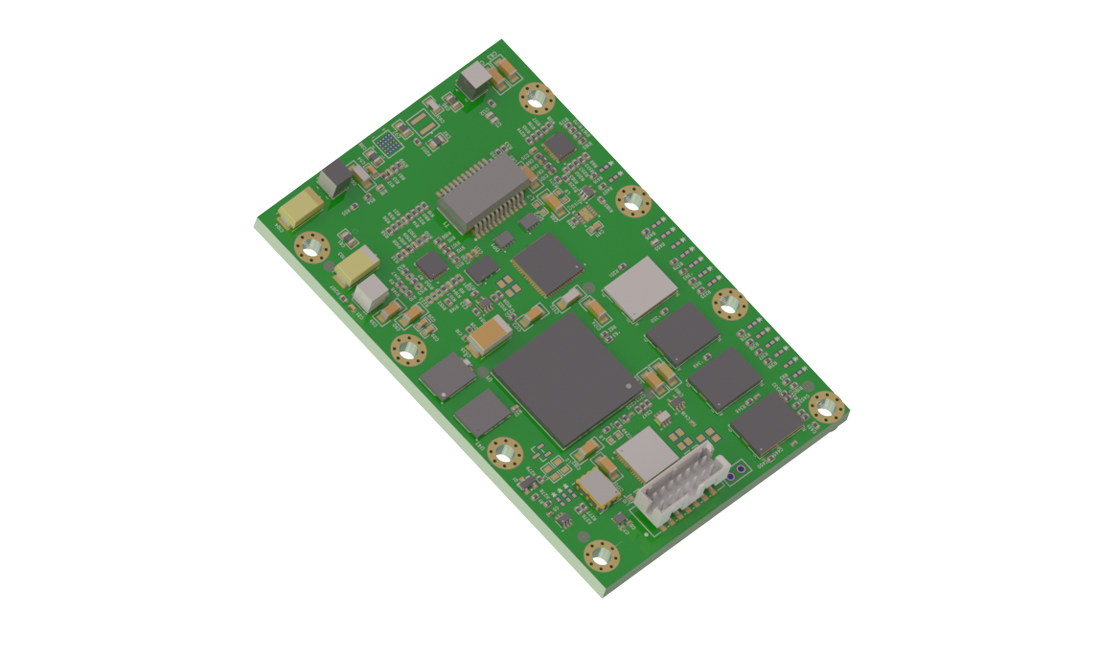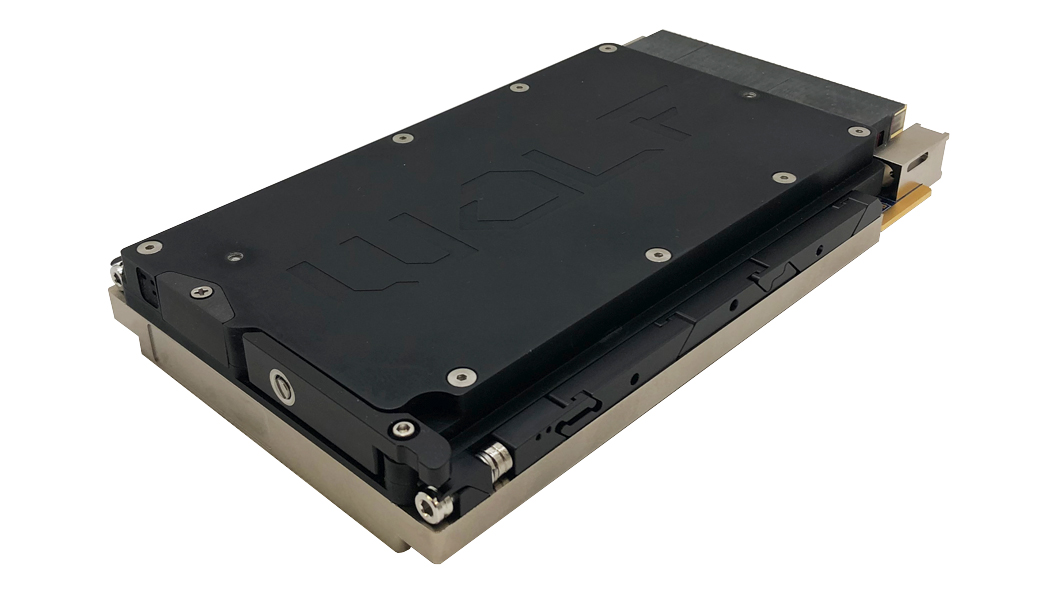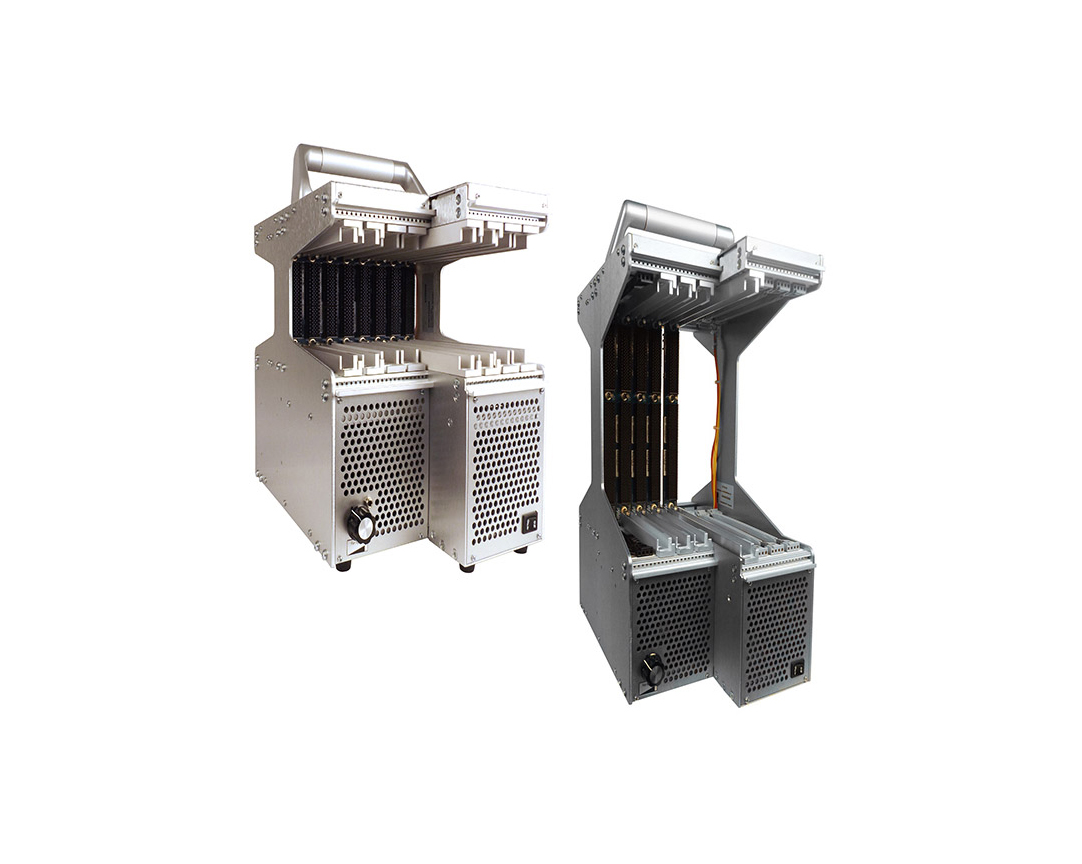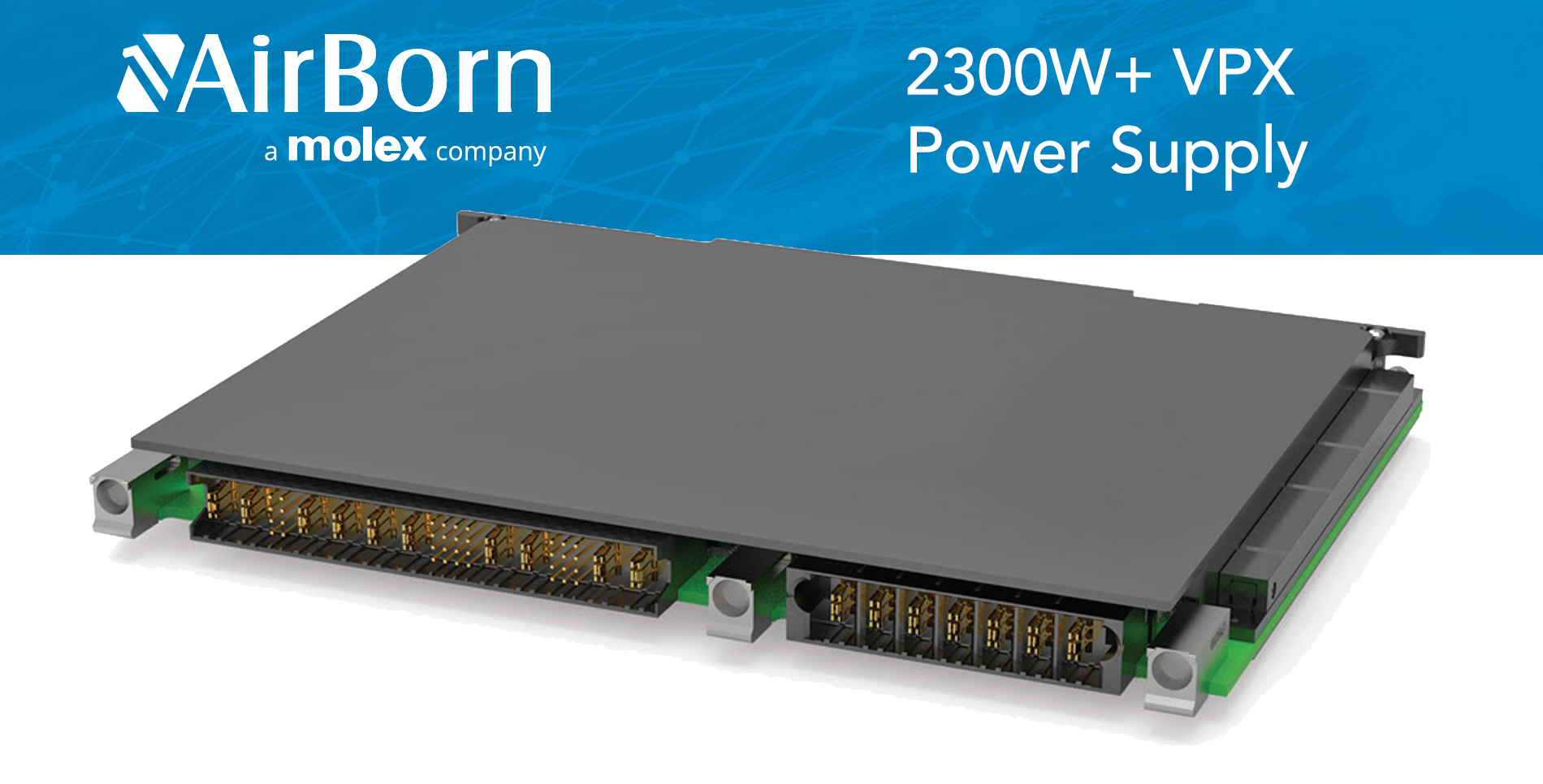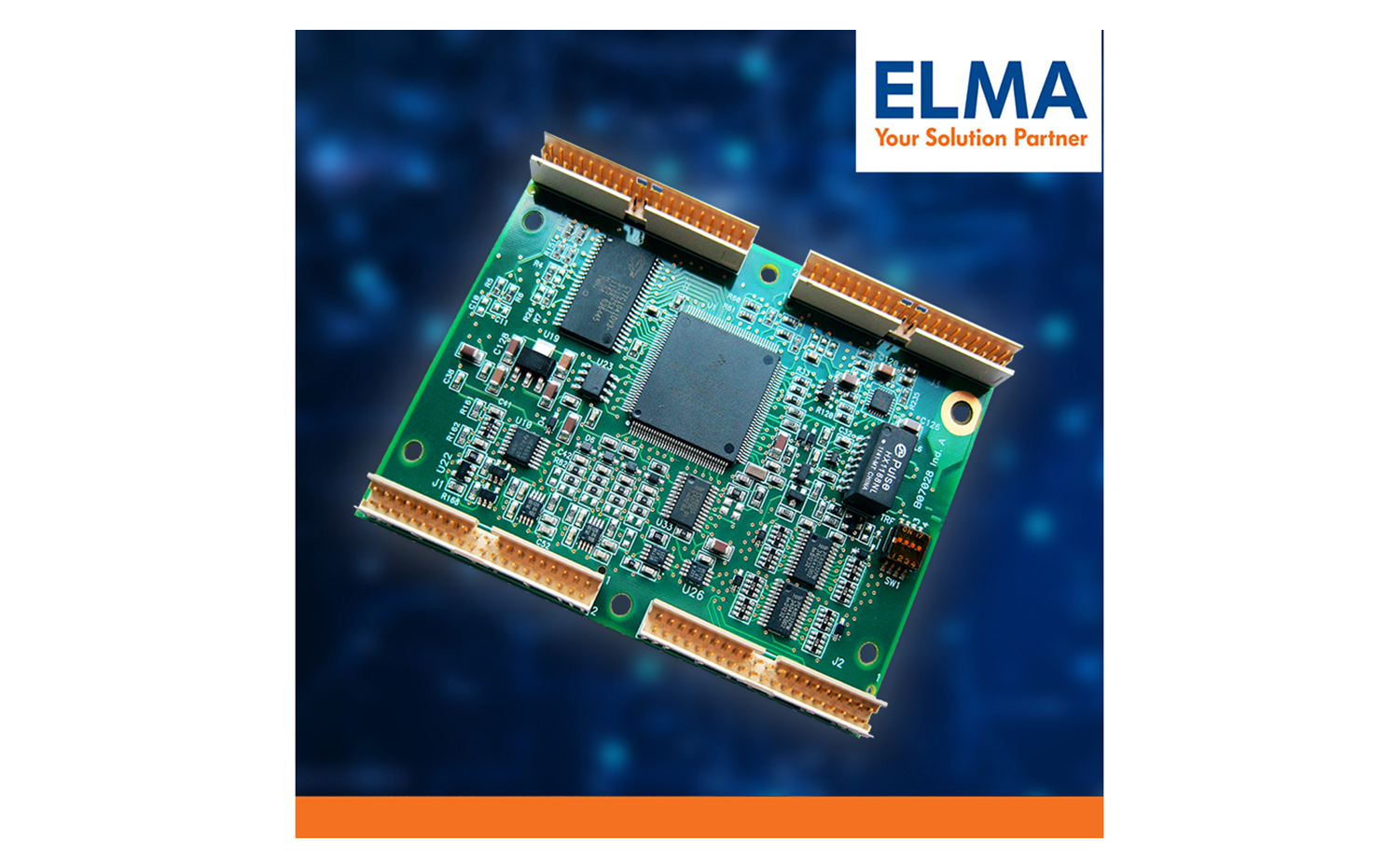In 1974, starting with 8-bit microprocessors, this embedded computing industry was driven by the microprocessor life cycle and computing performance increases. For the next 30 years, all computers were CPU-bound: we could deliver more data on the interconnects than the CPU could process. But that changed in the 2000s, with the appearance of high-speed differential-serial fabrics. Today, all computers are I/O-bound: the CPU can process more data than the interconnects can deliver. This industry is now driven primarily by the bandwidth of the interconnects between the boards, not the microprocessor chips. That transition, from processor-driven to interconnect-driven, suggests that this industry now operates under a new set of laws:
Law 1: Every time the frequency of the signals on the backplane double, the distance those signals can run on the copper backplane traces declines by 50 percent.
This was particularly true when we used buses and single-ended signals as the interconnect. This law remains true for serial-differential interconnects, but the distance the signals can run on copper backplane traces haven’t declined by as much as 50 percent over the frequencies we have experienced so far. As we move above 10 G, the distance the signals can run on the copper traces declines by more than 50 percent. So, the path of this law over time and frequency is not perfectly linear.
Law 2: Every time the network link frequency doubles, the demand for copper-based backplane systems declines by 50 percent.
Backplane-based systems are centralized systems. They traditionally offered higher data transfer speeds on the backplane, between the boards, than the network links could offer. Besides providing performance advantages over network connections, backplane-based systems also have another major benefit: modularity. Modularity, in turn, gives us two major capabilities that many critical systems require: maintainability and upgradeability. Additionally, the boards in centralized backplane systems can be cooled more efficiently, whether with air, conduction-cooling, or liquid. However, as the network link bandwidth on a copper (or optical) cable increases past the bandwidth of the copper backplane link, the centralized system of boards in a rack can be more easily broken apart into a distributed system of motherboards and small form factor boxes, all connected to the network.
Law 3: To maintain the modularity benefits of backplane-based centralized systems, the bandwidth of each data link on the copper backplane traces, between the boards, must be equal to or greater than the bandwidth of the network link cable.
If the network link bandwidth in a distributed system architecture is greater than the backplane link bandwidth in the centralized system architecture, then backplanes lose their primary performance advantage. The network performance advantage would then trump the modularity benefits (maintainability and upgradeability) of the backplane system, and those racks of boards will be split apart into distributed systems. We saw this happen in the 1970s, when Datapoint started connecting small minicomputers together into a distributed system, with early Ethernet connections. That innovation destroyed the centralized-architecture backplane-based mainframe computer market.
Dancing with the devil
To retard the effects of Law 2 on backplane demand, we have been adding multiple copper traces to each backplane data link (x2, x4, x8, x16) to keep backplane link bandwidth equal to, or greater than, the network link bandwidth. The makers of fabric silicon have been giving us incremental increases in bandwidth over copper traces, but we are now at the “knee of the curve,” where copper falls apart as an interconnect foundation (Law 1).
We are already seeing the data centers move to optical links and away from copper, more than doubling the network link bandwidth (Law 2). There are efforts afoot to link the boards in servers with tuned copper or optical cables, to keep the backplane link bandwidth equal to, or greater than, the network link bandwidth (Law 3).
If you believe “Alderman’s Three Laws” above, then you know that backplanes must move to optical connections, either with optical cables between the boards or reflective polymer optical waveguides in the backplane PCB laminate. Otherwise, Law 3 will invoke Law 2, and backplanes will suffer the fate of the mainframe.

